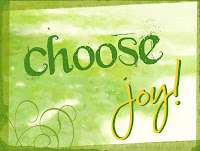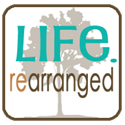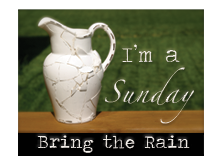several weeks ago {okay, really, it was months ago}, i was approached by emily patterson who wanted to use my blog to raise awareness for teaching sign language to young children and the benefits of early childhood education.
at first i was wondering how the heck she even found me… and as an empty nester, why anyone who reads me {all ten of you, ha!} would be interested? i'm posting because i believe in what emily does… that early enrichment is key in providing the strong foundation of education. read on… don't be alarmed at the use of proper capitalization, sentence structure and/or punctuation… my blog will be back to incomplete sentences and rambling lowercase text tomorrow. or the next day. until then, friends, feel free to pass on this link so your friends with little'uns can get the 411 too.
a small caveat here, friends… i've not researched primrose or any other educational curricula… all that to say is i'm no expert. i don't even play one on tv. so read with an open mind… thanks for your time.
Enriching Your Childs Education By Introducing Sign Language in their Child Care
The ability to communicate in a variety of way to the widest possible audience, and the skill of versatility are two things that are vital in a economic time like the one we are facing now. Along with the rising need of people with bilingual ability, is the need for those with the ability to communicate non-verbally, with benefit of the disabled- primarily the deaf.
The growing shortage of qualified interpreters fluent in American Sign Language has led to more career opportunities – and if current trends continue, it's likely that skilled ASL interpreters will have little problem securing lucrative employment in a society where such a commodity is destined to be in short supply.
Signing Before They Can Speak
The best time to educate children in different modes of communication and language has proven to be the early ages of 2 to 5. This goes beyond the spoken word (though it is an optimal time for children to learn a second language); many young children have an aptitude for signing as well. This can be taught at home or some child care programs incorporate it into their curriculum.
Many indigenous peoples around the world, including American Indian nations, have used sign language for centuries to facilitate communication with other tribes whom don't share their language. Some paleontologists and anthropologists theorize that Neanderthals – who apparently lacked the vocal mechanism to produce many spoken words – depended a great deal upon hand gestures to communicate. So it may not be as odd as you think.
Research shows that sign language is actually innate. An article from the Boulder Daily Camera presented strong evidence that babies as young as six months old communicate with their hands:
"...by 6 to 7 months, babies can remember a sign. At eight months, children can begin to imitate gestures and sign single words. By 24 months, children can sign compound words and full sentences. They say sign language reduces frustration in young children by giving them a means to express themselves before they know how to talk." (Glarion, 2003)
The author also cites study funded by the National Institute of Child Health and Human Development, which proved that young children who are taught sign language at an early age develop better verbal skills as they get older. The ability to sign has also helped parents in communicating with autistic children; one parent reports that "using sign language allowed her to communicate with her [autistic] son and minimized his frustration...[he now] has an advanced vocabulary and excels in math, spelling and music" (Glarion, 2003).
The Best Time To Start
Not only does early childhood education in signing give pre-verbal youngsters a way to communicate, it can also strengthen the parent-child bond – in addition to giving children a solid foundation for learning a skill that will serve them well in the future. The evidence suggests that the best time to start learning ASL is before a child can even walk – and the implications for facilitating the parent-child relationship are amazing.
Co-written by Emily Patterson and Kathleen Thomas
Emily and Kathleen are Communications Coordinators for the Austin child care facility, a member of the AdvancED® accredited family of Primrose Schools (located in 16 states throughout the U.S.) and part of the network of child care preschools delivering progressive, early childhood, Balanced Learning® curriculum.
HAPPY NEW YEAR 2026
5 days ago






















I used sign language with my first and it was awesome. I was too lazy w/ my second, but wish I had. SHe had a speech delay and sign language could have cut down on her frustrations big-time.
ReplyDeleteAlthough I did not teach mine when they were younger, I am teaching my 8 and 5 yr olds sign language now....we read a bio of Helen Keller and they were hooked!
ReplyDeleteI think this is a wonderful idea. I have seen many young mothers teaching their young children sign language.
ReplyDelete